Choosing the Right Fence: Types, Costs, and Longevity
Therefore, choosing the best fence for your property is critical, one that guarantees adequate security and enhances the beauty of your home and outdoor spaces. Choosing a fencing solution involves navigating a maze of materials, each with its own benefits, costs, and maintenance requirements. So, let’s break down all these options available in the market without further ado, demystifying each so that you can align your fencing choice with your specific needs, from guarding your homestead to increasing curb appeal.
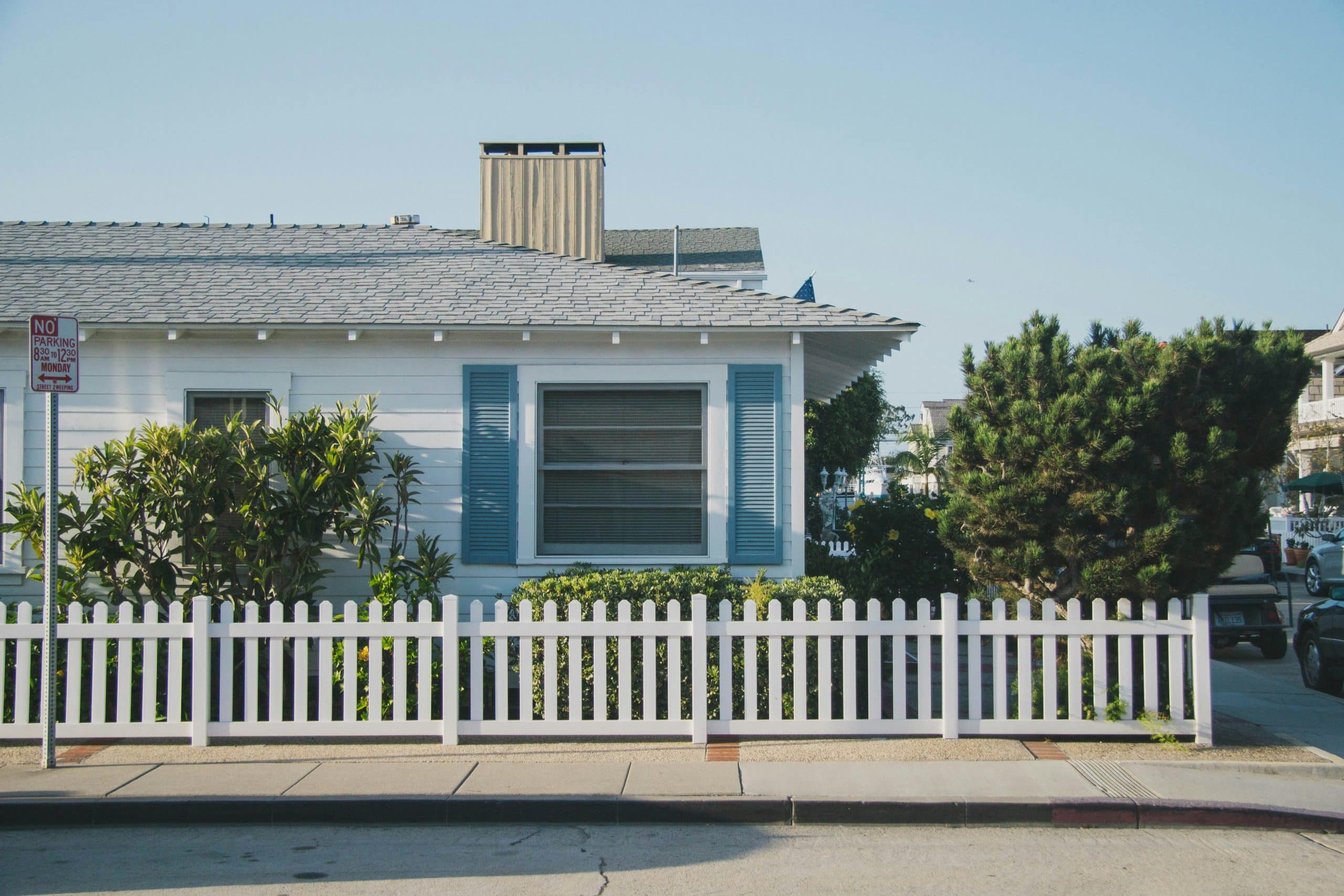
Understanding Your Fencing Needs
Choosing the right fence for your property is more nuanced than merely picking a material and style. You need to consider what you are trying to achieve with your fence—how it will complement the aesthetic of your house and stay within your financial means. This paper will try to dig into the basics of purpose, taste, and budget, which collaboratively sum up the foundation of your fencing decision.
Purpose
The installed fence has logical sense in its design, material, and height. If looking to create the most private oasis in one’s backyard, tall, solid wood or vinyl might be the perfect answer to allow one that quiet they desire.
If, however, what you want most is the added security, you will likely opt for solid and threatening materials, such as wrought iron or aluminum, crafted to keep intruders away. In the meantime, the other purpose could be the aesthetic one that gives you a lot of freedom to look through various materials and designs to increase your house’s curb appeal, from a lovely picket fence to a sophisticated fence made of wrought iron.
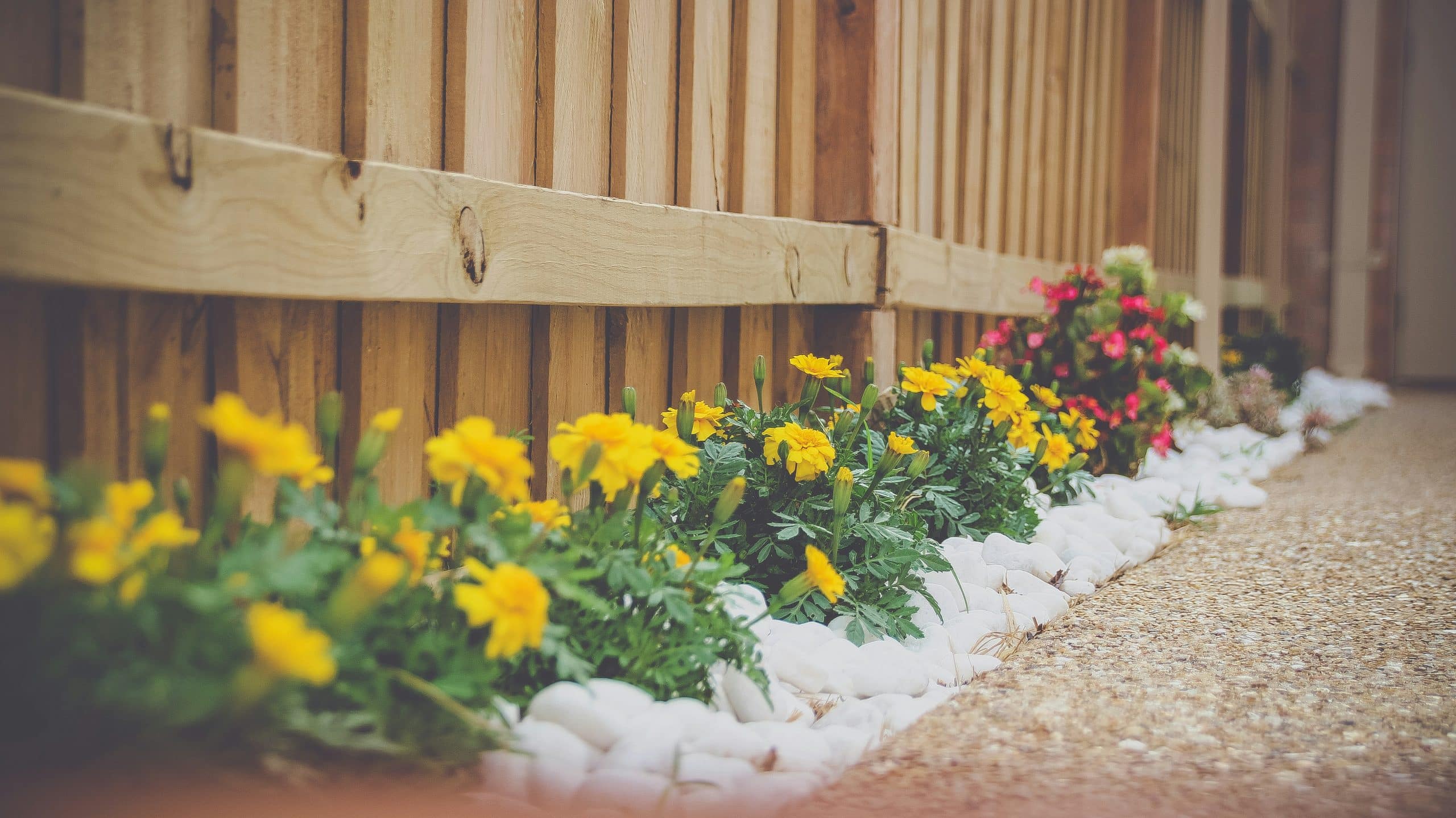
Taste
Personal preferences and home architecture style are huge factors in the fence choice. That way, it should not only be in a position to meet your functional requirements but also be an instrument of beautifying your home. A modern house is most likely matched with a minimal, sleek fence design that will underline the house’s clean lines. A traditional one may need or rather benefit from the classic charm that wrought iron or wooden picket fences provide. The material and color should reflect your home’s aesthetics, ensuring the fence is an extension of your style.
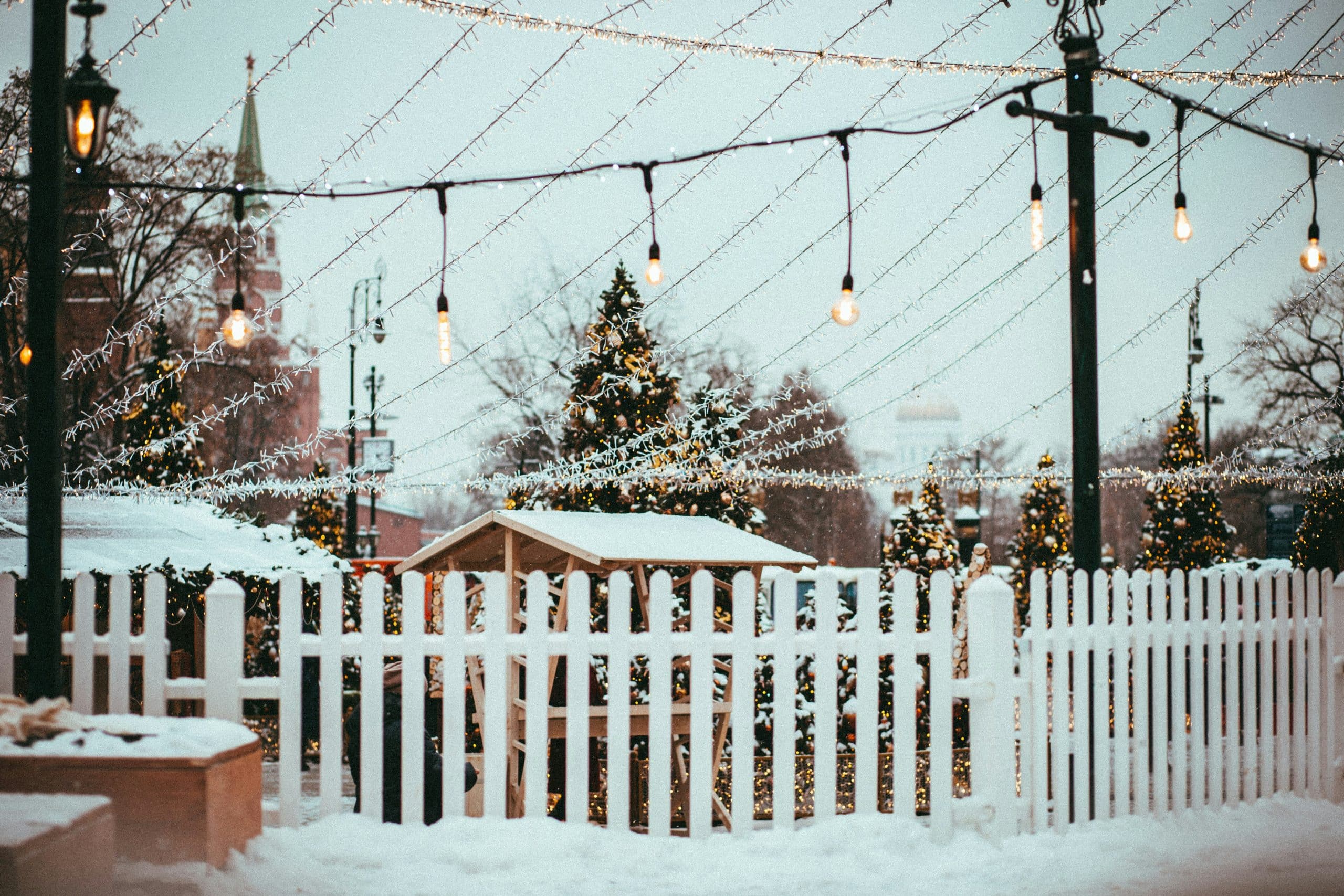
Budget
Think of how your upfront fence cost balances against the long-term needs of its upkeep. Wood may be cheaper, but, hey, just imagine the maintenance it needs to be in a decent condition. Meanwhile, vinyl and metal fences are relatively more expensive but save a small amount of money. You should look at the fence as an investment in your property. The choice of material, for example, appropriate and hardy wood for your climate and usage, should serve not only to increase your home’s value but also to save you money over time.
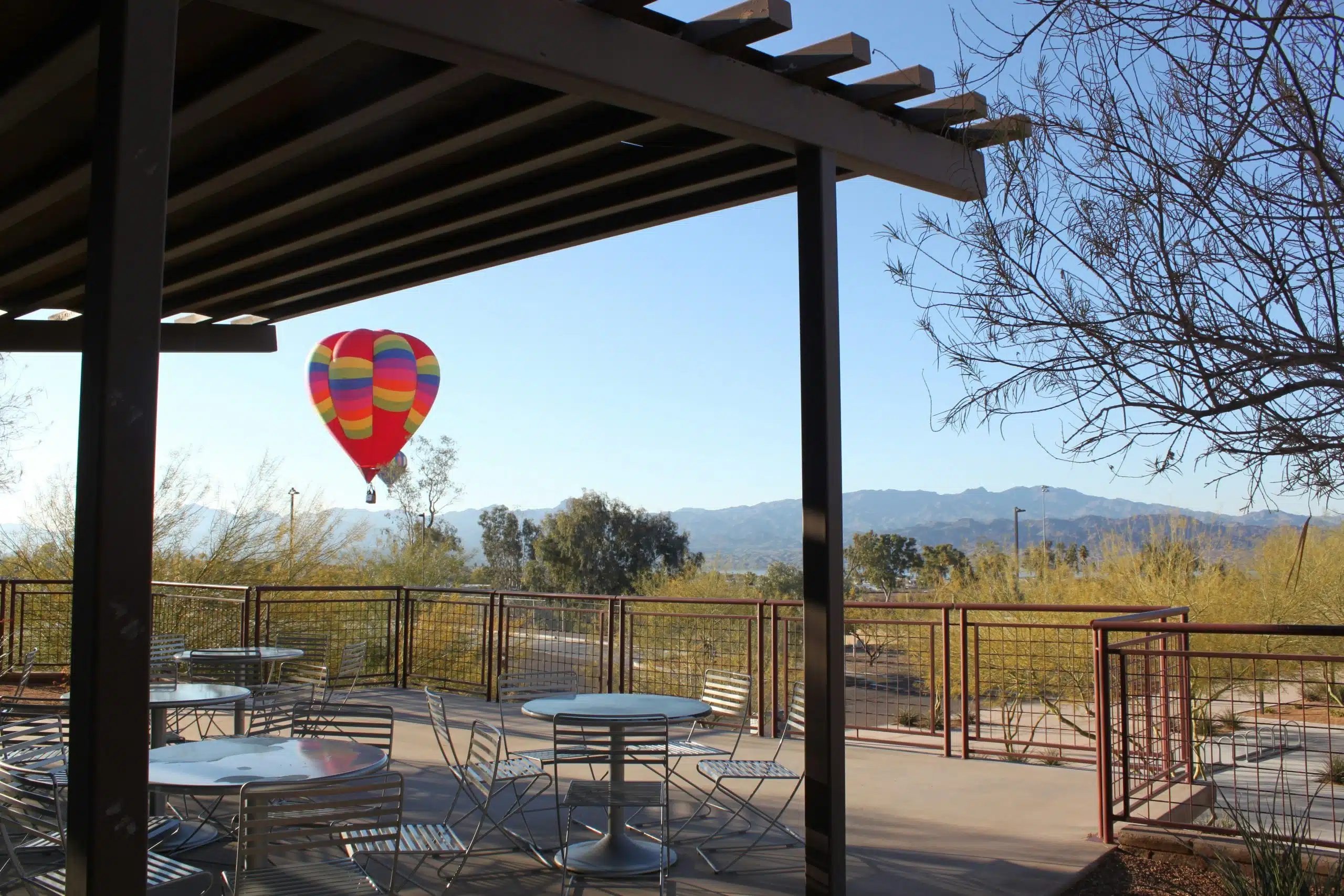
Type of Fencing Materials
The material chosen for your fence is of immense importance, and it should be the right one that meets your functional, aesthetic, and maintenance needs. We take a peek at some details about three of the most favored fencing materials: wood, metal, and vinyl, with some specific features, advantages, and considerations of the three highlighted.
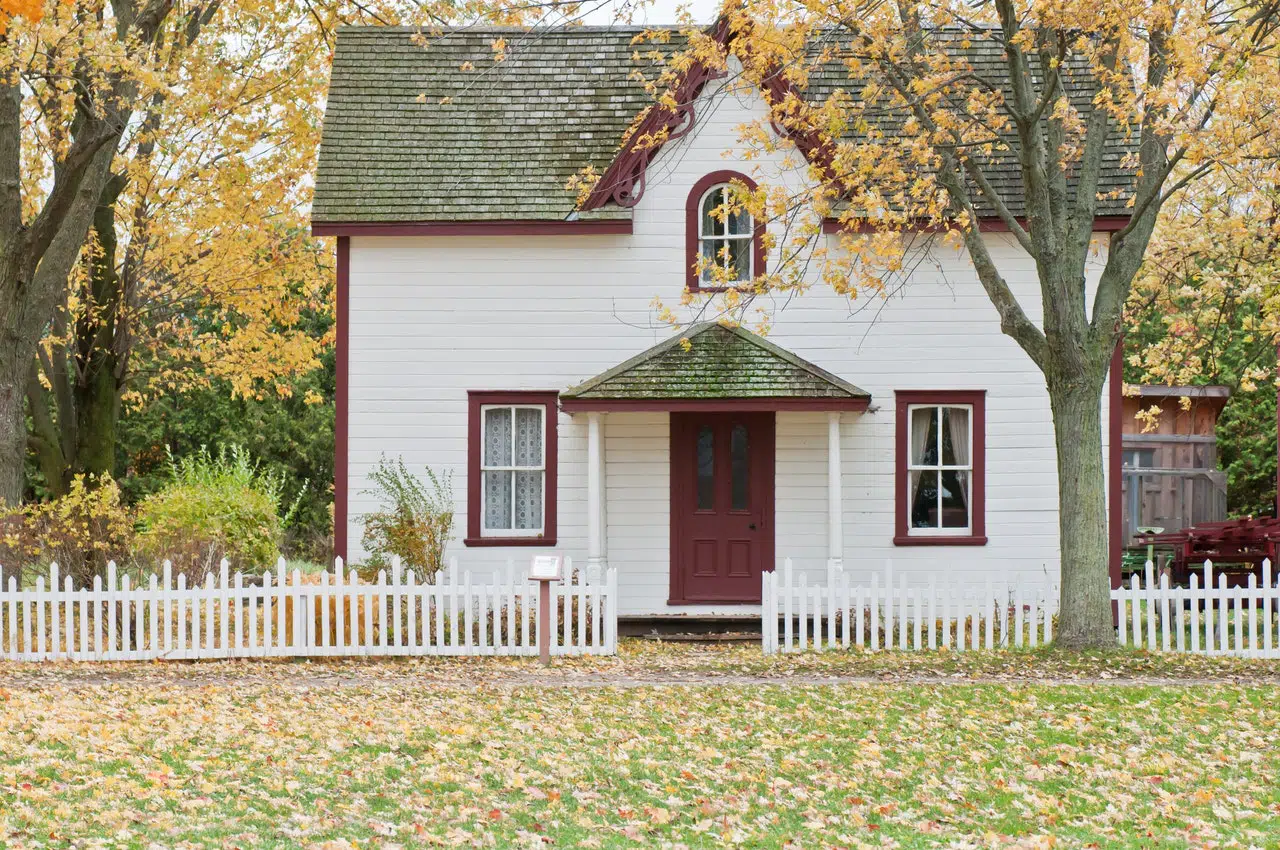
Wood Fences
Wooden fences are common among homeowners because they are beautiful and versatile. They come in several styles: privacy, picket, and post-and-rail fences that allow for high customization. They can be cut at any height and painted or stained with any color, allowing endless aesthetic options to match your home and garden.
However, the charm of wood comes with a need for regular maintenance. Regular staining or painting, of course, will also be needed for wood fencing to maintain the look and life of the wood from the elements and treat it so that it is not consumed by rot, mold, or insects. Wood fences range in cost from very cheap pine to expensive hardwoods like cedar and redwood.
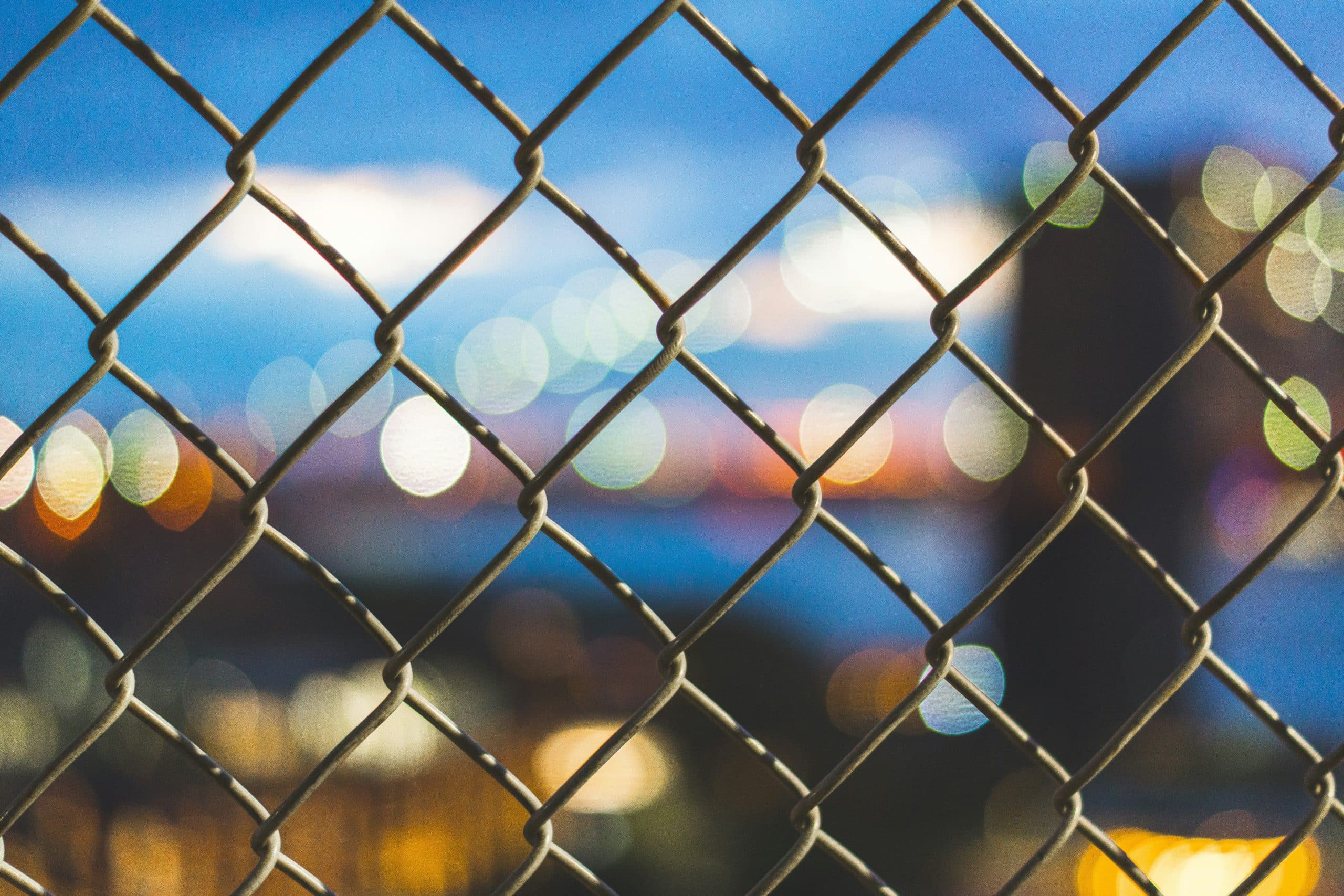
Metal Fences
Fences can be added to strength and durability against a backdrop of metal choices. Aluminum is lightweight and corrosion-resistant and needs little to no maintenance, making it the best choice for many. It can be designed to mimic the look of more traditional wrought iron but at a lower cost and with easier installation.
Wrought iron is the go-to option for elegance and a timeless look. It is, therefore, more durable and thus offers unbeatable security, though it needs to be maintained in order not to rust and corrode, mostly in humid or coastal places. Looking much the same as wrought iron, steel fencing offers balance in durability and maintenance and is often weather and rust-proof coated.

Vinyl Fences
Vinyl fences are also widely available today and steadily capturing more buyers due to their durability and strength. Vinyl is made from plastic; it resists rot, doesn’t get affected by insects, and will not fade due to weather; therefore, it is most practical in almost any climate. Vinyl fences come in all styles and need only a once-yearly wash down with soap and water.
Vinyl fences may be a little more expensive to install compared to some wood and metal alternatives; however, their longevity and minimal maintenance requirements mean that they will save you money over time. Vinyl fences are ideal for privacy fences, picket fences, or as a border in the garden. They are a clean, even-looking product that stays the same color from year to year without ever having to paint or stain it.
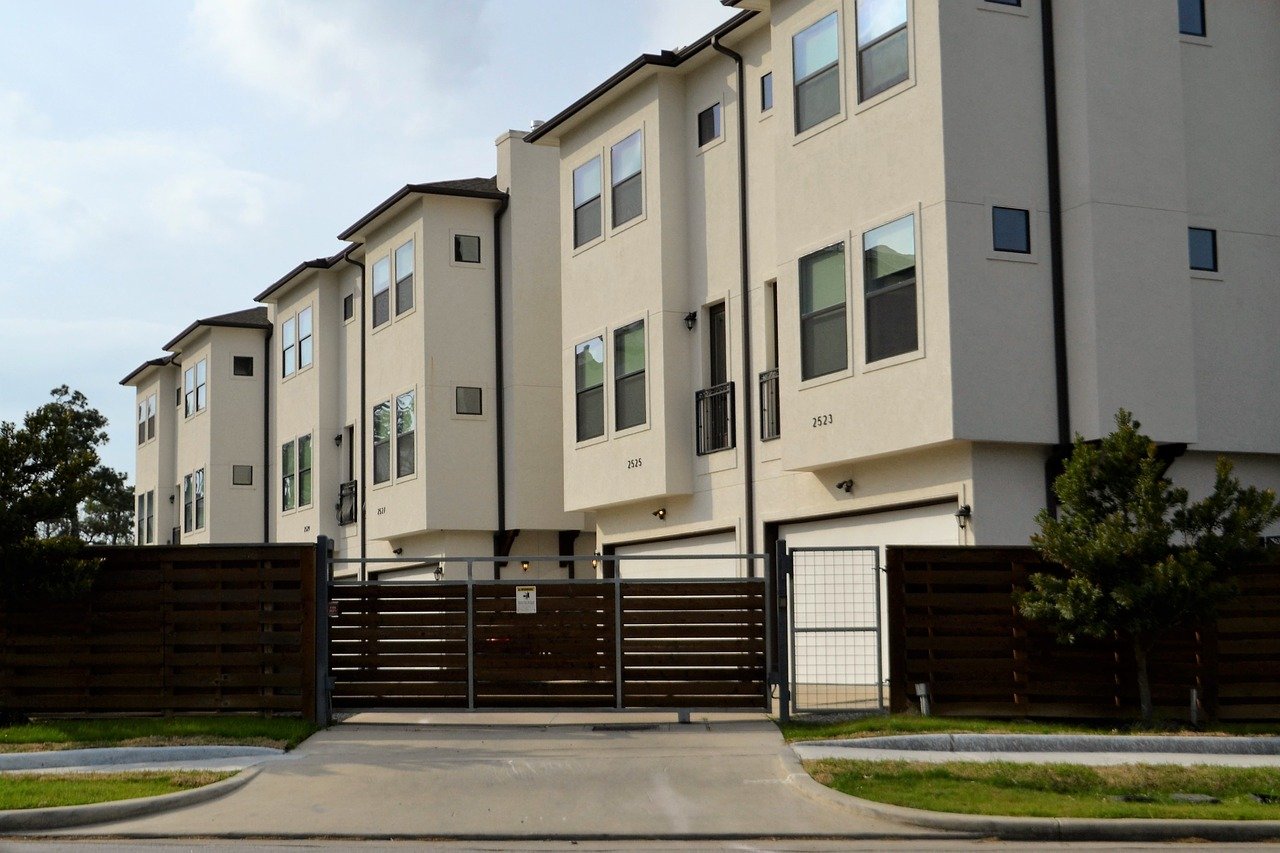
Evaluating Costs
The average total cost is among the most critical factors for most homeowners considering a new fence installation. Total expenditures include materials, labor, or other additional features and details pertinent to the style of fence selected, among other things.
However, the linear foot prices for different material fences are drastically different. For example, both wooden and chain-link fences are considered rather low-budget. Wooden fences vary in cost, depending on the type of wood used. For instance, cedar will be more expensive than pine. Chain-link fences serve those people who need security and durability but at the same time spend little on privacy features.
At the high end of the cost scale will be wrought-iron and aluminum fences, prized for their durability and the attractiveness that their designs afford. While aluminum fences are cheaper and lower in maintenance cost, wrought iron is expensive in giving strength and coming with an ornate design.
Vinyl panels or privacy fences offer a good compromise of price for attaining privacy but might be a tad bit more expensive in installation costs at the outset. Their high durability and minimum maintenance usually justify the investment.
Privacy fence costs are influenced by the height and length of the fence, as well as the quality of the materials used.
Labor costs are also a great determinant of the total cost of installing a fence. Any fencing design that is more elaborate, property terrain and the need to install features such as gates or reinforced posts can all lead to increased labor force requirements and, by association, an increase in the total cost.

Considering Longevity and Maintenance
The material used will, therefore, define the longevity and maintenance that the fence will require. That is true; however, a wooden fence has classic appeal but needs the following maintenance to paint and stain it to prevent weather, rot, and insect infestation. Regardless, with good care, they can go for years. This makes them a worthwhile investment for someone who upkeeps the home.
Wrought iron and aluminum are known to be strong metals. In wrought iron, sanding and painting may be required from time to time to prevent the onset of rust. Still, aluminum fences generally require cleaning very rarely and are famous for being corrosion-resistant.
Vinyl fences are some of the best choices for homeowners looking for low to no maintenance while getting long durability. The fences do not require painting, staining, or sealing; one can easily clean them with water. Stable, solid, and resistant to rot for all climates.
Chain link fences are strong, low-maintenance fences that afford no privacy. They can last for years with minimal or no need for maintenance except for cleaning.
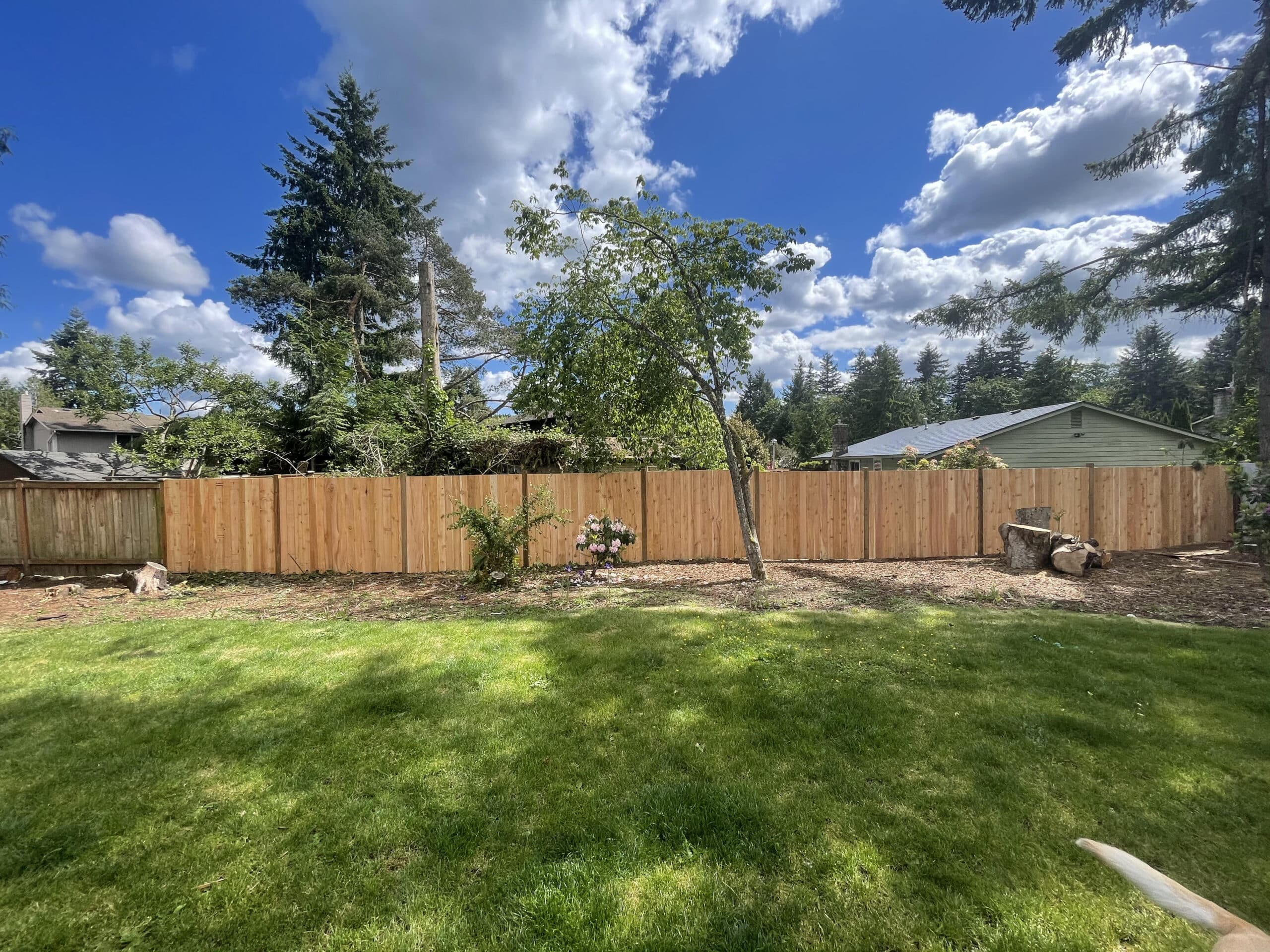
Additional Factors to Consider
Beyond the initial cost and maintenance, several other factors should influence your decision when choosing a fence:
- Style of the Fence: It should match your home and the garden’s surroundings. Whether very plain and simple, like a chain-link fence, or one of wrought iron and artistic, stylish kind, or even warm wood, the style of the fence makes a great difference to the appearance of the property.
- Backyard Fences: Backyard fences are often considered for privacy and security. You can use privacy fences made from vinyl panels or wood to provide your backyard with a secluded space for outdoor activity.
- Some types of fence materials: the choice of material affects cost, maintenance, appearance, and function. From traditional wood to modern vinyl and metal, each one of them has its benefits.
- Fence posts and panels are the parts of the work that have a direct influence on the stability and aesthetic appearance of the fence. Fence panels must be perfectly installed to ensure their longevity.
- Labor Cost and Installation Process: Labor cost and installation are subject to change based on the complexity of the place where they are being done. Larger areas and custom designs, especially in difficult terrains, can significantly increase the cost of labor.
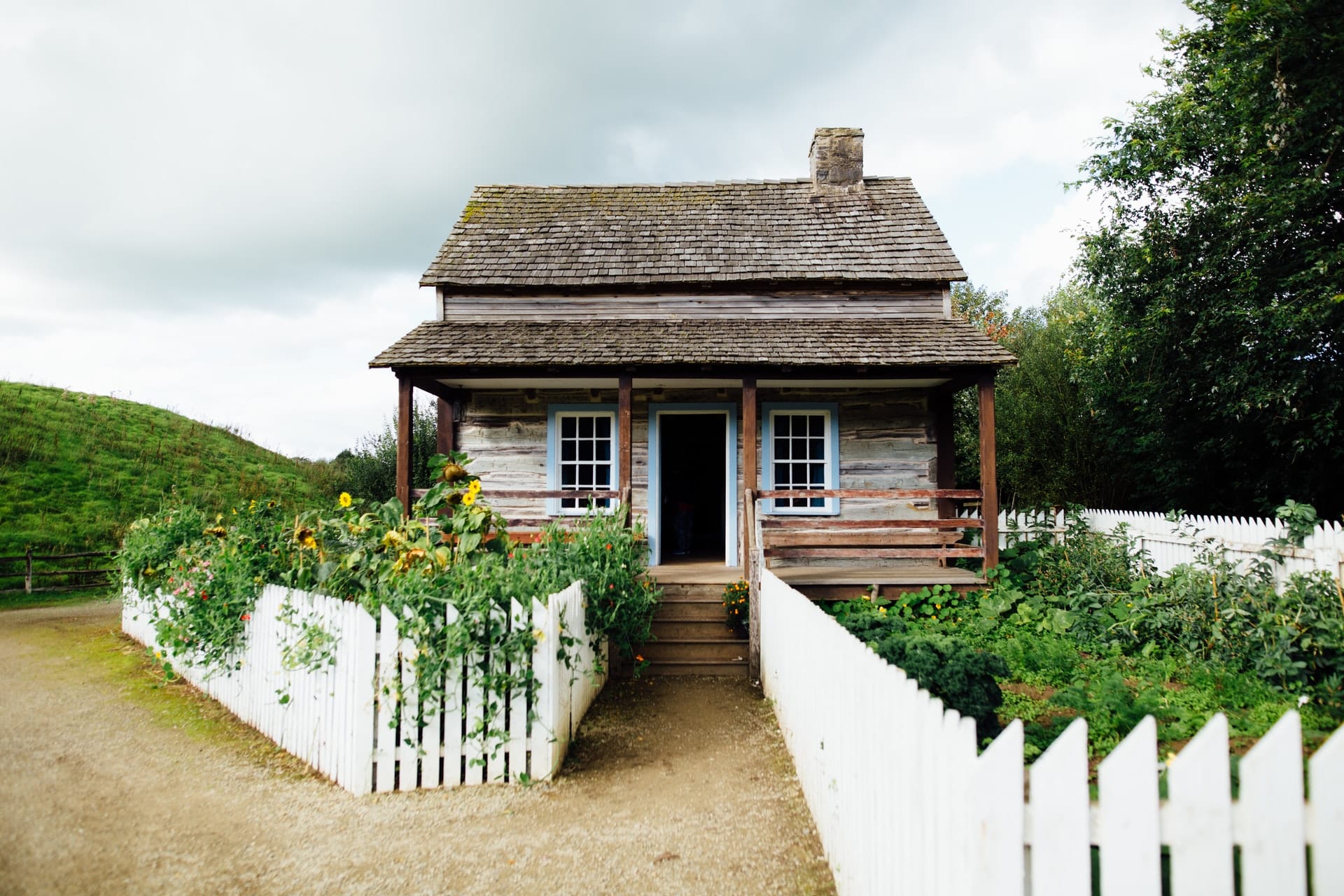
Conclusion
Choosing the right kind of fencing involves balancing your wants for privacy, security, or aesthetic sense with cost, maintenance, and longevity considerations. Weighing up the options and being fully aware of the advantages and disadvantages of the different materials that fences are made of may help ensure your fence will add value and appeal to your property for years.
FAQ
What materials should I use for a privacy fence?
Wood and vinyl are popular for privacy fences because their solid panels block outside views. Composite fencing is another low-maintenance option that offers privacy.
How do I decide which type of fence is right for my property?
Consider your primary needs (privacy, security, aesthetics), budget, maintenance preferences, and local climate. Researching various fence types and consulting with fencing professionals can also help.
How much does it cost to install a fence?
The cost of installation depends on the material, size, and complexity of the design. Beginning prices for wood fences may be lower than those for metal and vinyl fences. These are to be counted as added costs, including labor and possibly building permits.
How expensive are different fencing materials?
Costs can vary widely, typically with wood being put in for the cheapest cost; however, it requires far more maintenance than either vinyl or aluminum, which are middle-of-the-road and balanced for cost. Wrought iron is on the higher side but gives a lot of curb appeal and life.










